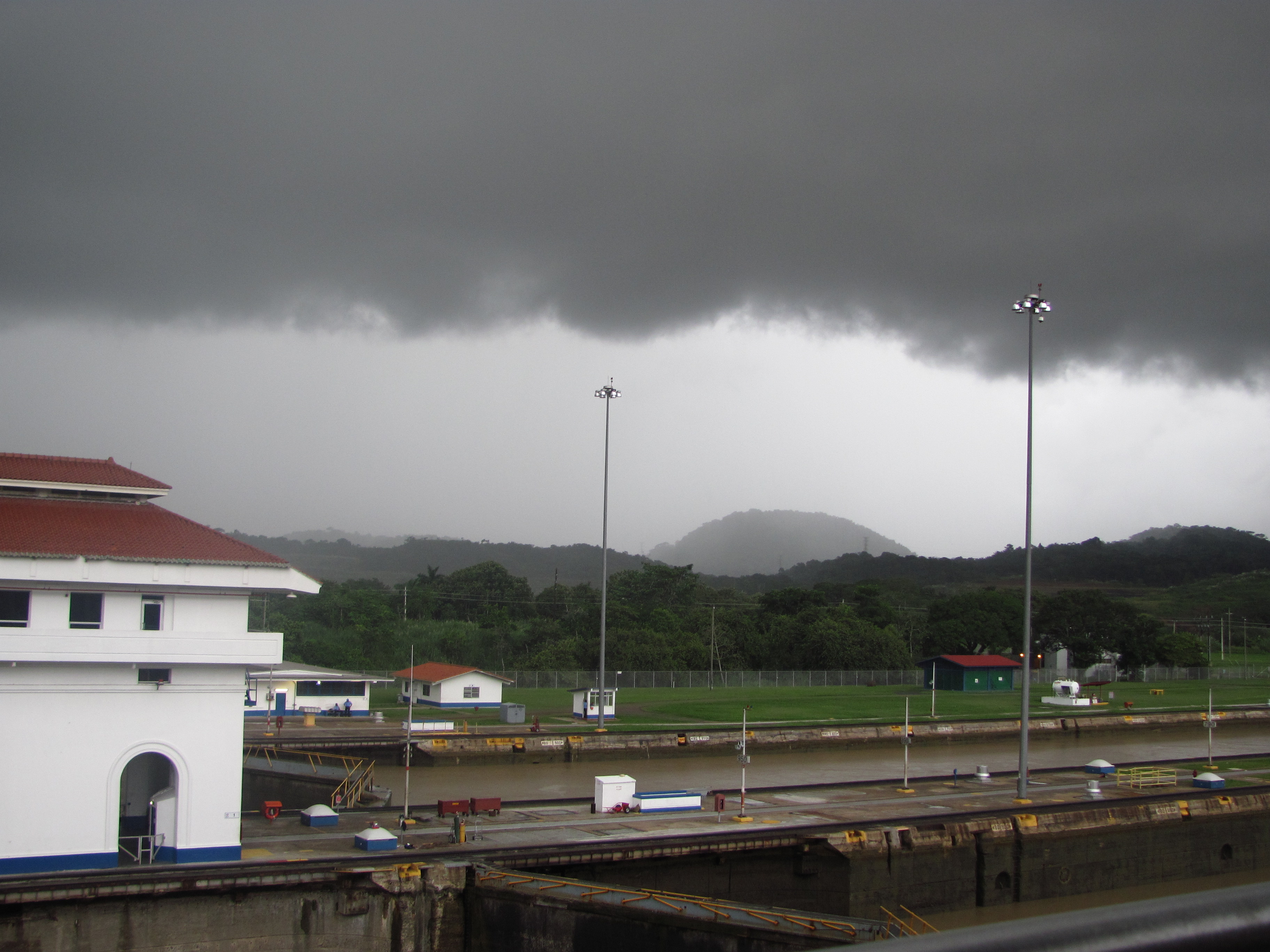Coastal Environment

The coastal environment is made up of four components:
~Land
~Human Activity
~Meteorology
~Hydrodynamics
Land (geology, vegetation)
Panama is an
Isthmus, which is defined as a relatively narrow strip of land, with water
on both sides, connecting two larger land areas.
Panama is a tropical jungle with complex mountain formations, and rainforest
trees and vegetation.
Panama had to be split in order to complete the canal. The continental
divide required the removal of over 100 million cubic yards of rock and soil.
Human Activity
Human activities
that affect the Canal include deforestation, because without the trees play
a key role in anchoring the soil. Without the soil being anchored, erosion
occurs and the sediments end up clogging the Canal.
Meteorology
Panama is
a rainforest and has a seven month rainy season from April to October. There
is an average of 105 inches of rainfall each year, which greatly effects the
hydrodynamics of the Canal.
Hydrodynamics (waves,
water levels)
The dry season
takes a toll on the water levels of the Canal and is the reason for necessary
storage of water in reservoirs. The water level in the Canal is also affected
by the Ocean tide. For example, depending on the Pacific Ocean tides, the
lift at the Miraflores locks varies between 43 feet at extremely high tide
and 64.5 feet at extremely low tide. In other words, the lower the tide,
the greater the lift in the locks.